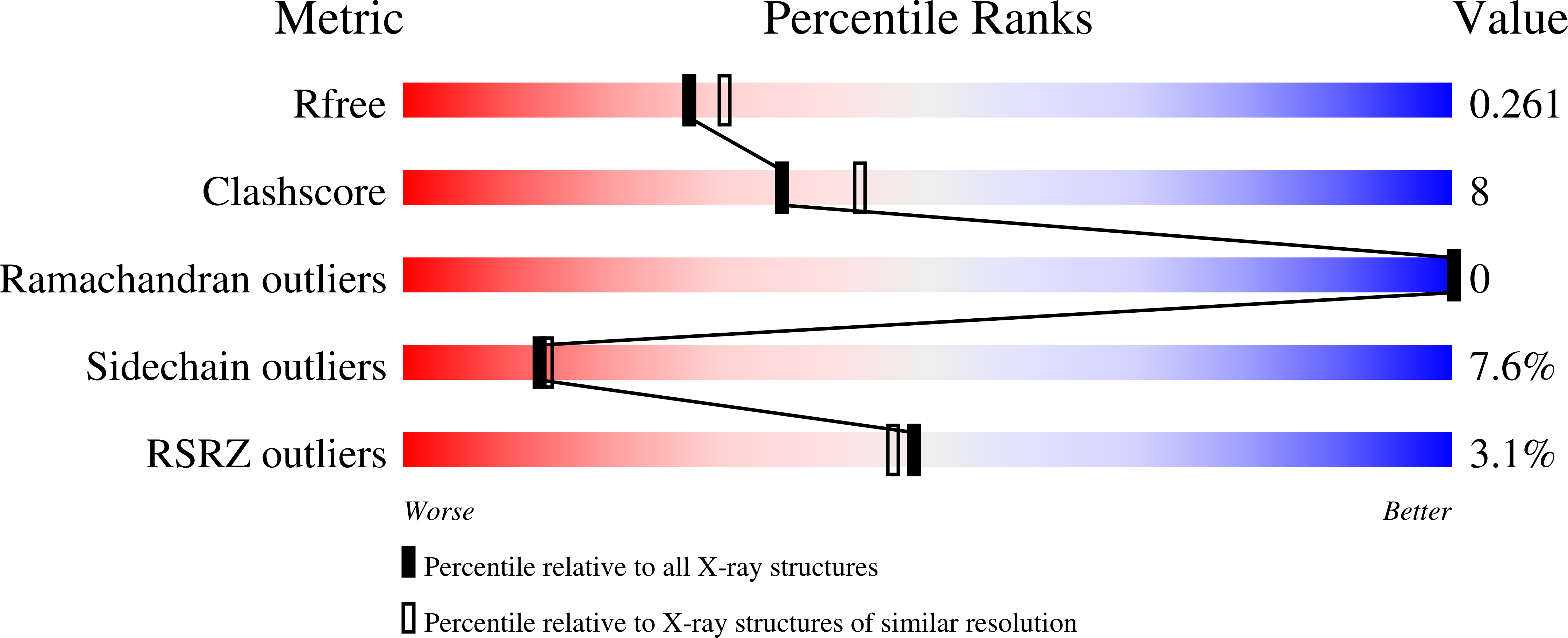
Deposition Date
2007-12-03
Release Date
2008-09-30
Last Version Date
2024-05-29
Entry Detail
PDB ID:
3BJ5
Keywords:
Title:
Alternative conformations of the x region of human protein disulphide-isomerase modulate exposure of the substrate binding b' domain
Biological Source:
Source Organism:
Homo sapiens (Taxon ID: 9606)
Host Organism:
Method Details:
Experimental Method:
Resolution:
2.20 Å
R-Value Free:
0.25
R-Value Work:
0.19
R-Value Observed:
0.19
Space Group:
P 31 2 1


